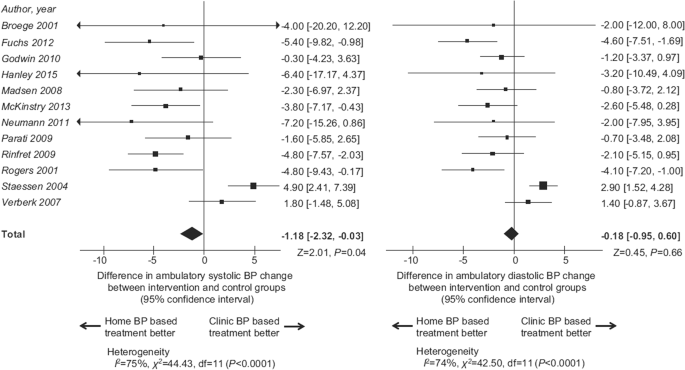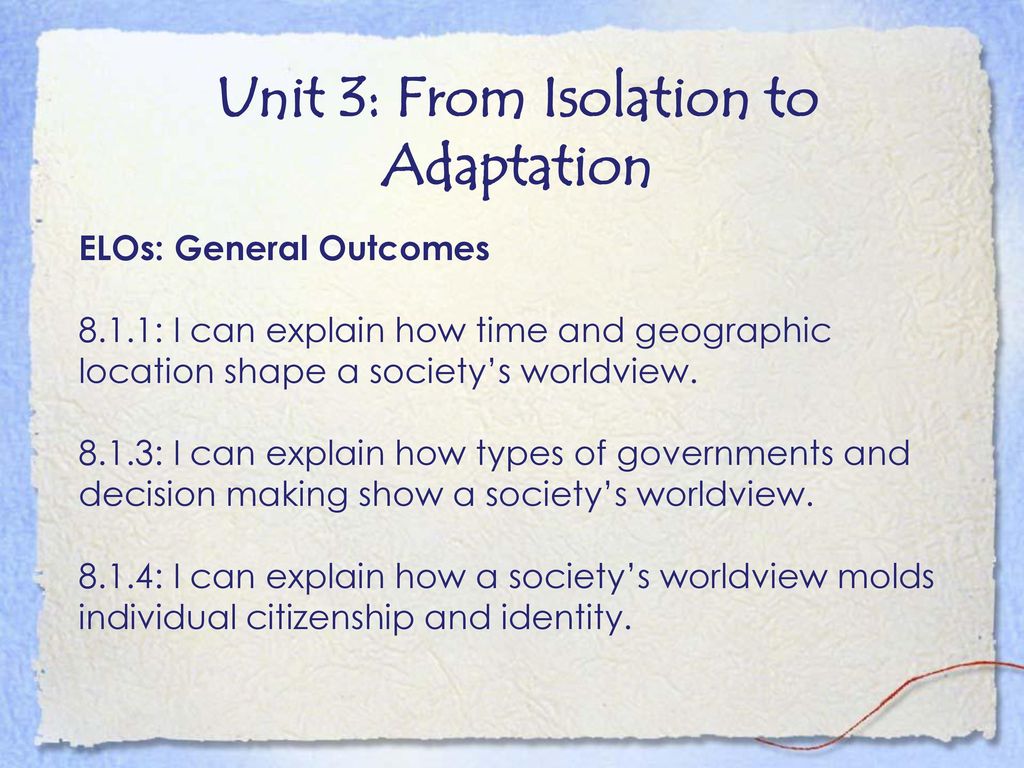Start studying history chapter 12. Learn vocabulary, terms, and more with flashcards, games, and other study tools. For this reason, impacts of transient responses at these higher warming levels are also partly addressed in Cross-Chapter Box 8 in this chapter (on a 1.5°C warmer world), and some analyses for changes in extremes are also presented for higher levels of warming in Section 3.3 (Figures 3.5, 3.6, 3.9, 3.10, 3.12 and 3.
- Unit 3: Japanfrom Isolation To Adaptation Chapter 1216 Biology
- Unit 3: Japanfrom Isolation To Adaptation Chapter 1216 Summary
- Unit 3: Japanfrom Isolation To Adaptation Chapter 1216 Answers
From Isolation to Adaptation: Japan
General Outcome:
Through an examination of Japan, students will demonstrate an understanding and appreciation of the ways in which beliefs, values and knowledge shape worldviews and contribute to a society’s isolation or adaptation.
Values and Attitudes
Students will:
- appreciate the roles of time and geographic location in shaping a society’s worldview
- appreciate how a society’s worldview can foster the choice to remain an isolated society
- appreciate how models of governance and decision making reflect a society’s worldview
- appreciate how a society’s worldview shapes individual citizenship and identity

Knowledge and Understanding
Students will:
Analyze the effects of cultural isolation during the Edo period by exploring and reflecting upon the following questions and issues:
- In what ways did Japan isolate itself from the rest of the world?
- How did isolation during the Edo period lead to changes in Japan?
- How did the changes resulting from isolation affect Japan economically, politically and socially during the Edo period?
- How did the physical geography of Japan affect its worldview?
- How did the shogun use the feudal system and the hierarchical social classes to maintain control of Japan?
Analyze the effects that rapid adaptation had on traditionally isolated Japan during the Meiji period by exploring and reflecting upon the following questions and issues:
- What were the motivations for the radical changes in Japan’s model of organization during the Meiji period?
- How did Japan adapt to changes brought on by the transition from feudal to modern models of organization?
- How did the changes resulting from adaptation affect Japan economically, politically and socially during the Meiji period?
- In what ways did changes resulting from isolation in the Edo period compare to changes resulting from adaptation in the Meiji period?
- What challenges emerged for the Japanese in maintaining traditional cultural aspects of their society while undergoing rapid change?

Textbook
Presentations/Notes:
Unit 3: Japanfrom Isolation To Adaptation Chapter 1216 Biology
- Japan Under the Shogun Presentation
- Meiji Japan – Contact and Change
Unit 3: Japanfrom Isolation To Adaptation Chapter 1216 Summary
Classwork:
Assignments:
Video’s and Video Questions:
Study Guides:
Unit 3: Japanfrom Isolation To Adaptation Chapter 1216 Answers
| Start Test | Reading Comprehension
| 10 Questions, randomized from 25 overall | Top Scores |
| Start Test | Reading Comprehension
| 10 Questions, randomized from 22 overall | Top Scores |
| Start Test | Reading Comprehension
| 10 Questions, randomized from 30 overall | Top Scores |
| Start Test | Reading Comprehension
| 10 Questions, randomized from 20 overall | Top Scores |
| Start Test | Reading Comprehension
| 10 Questions, randomized from 20 overall | Top Scores |
| Start Test | Reading Comprehension
| 10 Questions, randomized from 30 overall | Top Scores |
| Start Test | Reading Comprehension
| 10 Questions, randomized from 30 overall | Top Scores |
| Start Test | Reading Comprehension
| 10 Questions, randomized from 25 overall | Top Scores |
| Start Test | Reading Comprehension
| 10 Questions, randomized from 30 overall | Top Scores |
| Start Test | Reading Comprehension
| 10 Questions, randomized from 25 overall | Top Scores |
| Start Test | Reading Comprehension
| 10 Questions, randomized from 20 overall | Top Scores |
| Start Test | Reading Comprehension
| 10 Questions, randomized from 30 overall | Top Scores |
| Start Test | Grammar: Capitalization | 10 Questions, randomized from 30 overall | Top Scores |
| Start Test | Grammar: Apostrophes | 10 Questions, randomized from 30 overall | Top Scores |
| Start Test | Grammar: Sentence Types | 10 Questions, randomized from 30 overall | Top Scores |
| Start Test | Grammar: Sentence Parts | 10 Questions, randomized from 30 overall | Top Scores |
| Start Test | Grammar: Semicolon and Colon Usage | 10 Questions, randomized from 30 overall | Top Scores |
| Start Test | Grammar: Underlining and Italics Usage | 10 Questions, randomized from 30 overall | Top Scores |
| Start Test | Grammar: Direct and Indirect Quotations | 10 Questions, randomized from 30 overall | Top Scores |
| Start Test | Grammar: Comma Usage | 10 Questions, randomized from 30 overall | Top Scores |
| Start Test | Grammar: Noun Recognition, Classification, and Pluralization | 10 Questions, randomized from 60 overall | Top Scores |
| Start Test | Grammar: Verbs | 10 Questions, randomized from 45 overall | Top Scores |
| Start Test | Grammar: Clauses | 10 Questions, randomized from 45 overall | Top Scores |
| Start Test | Vocabulary: Context Clues | 10 Questions, randomized from 20 overall | Top Scores |
| Start Test | Vocabulary: Easily Confused Words | 10 Questions, randomized from 41 overall | Top Scores |
| Start Test | Vocabulary: Logic Puzzles | 10 Questions, randomized from 20 overall | Top Scores |
| Start Test | Essay Writing | 10 Questions, randomized from 26 overall | Top Scores |
| Start Test | Novel Studies: The Outsiders | 10 Questions, randomized from 38 overall | Top Scores |
